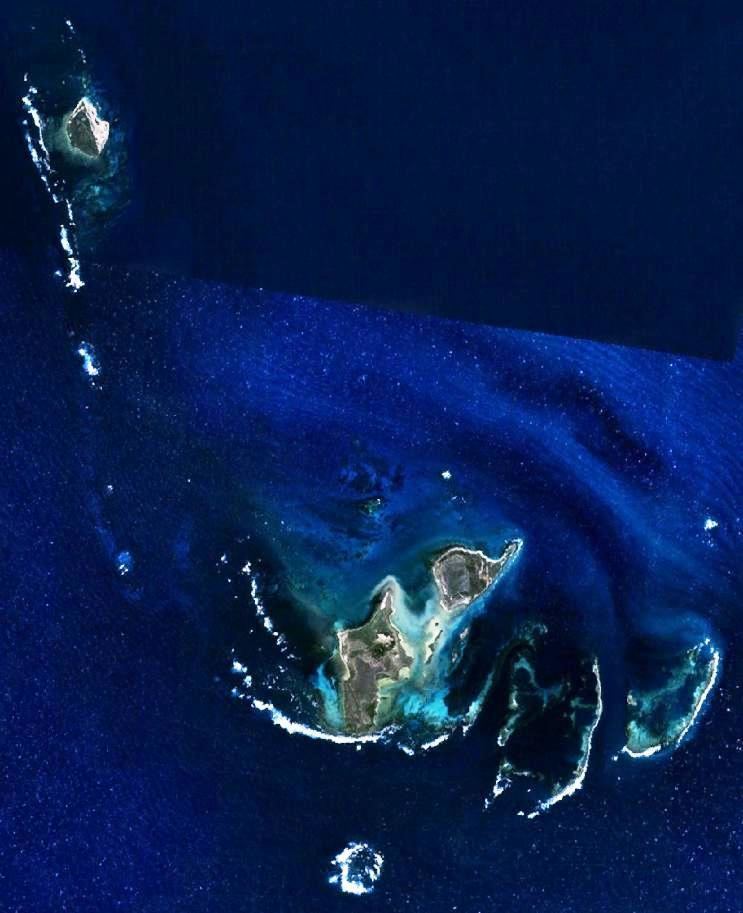 | ||
The wallabi group 1feb2014
The Wallabi Group is the northern-most group of islands in the Houtman Abrolhos. Nominally located at 28°28′S 113°42′E, it is 58 kilometres (36 miles) from the Australian mainland, and about 9 kilometres (5.6 miles) from the Easter Group.
Contents
The group consists of a number of islands arising from a carbonate platform 17 kilometres (11 miles) long and up to 10 kilometres (6.2 miles) wide, and also the outlying North Island, located 14 kilometres (8.7 miles) to the northwest of the main platform. The main islands are North Island, West Wallabi Island, East Wallabi Island, Long Island and Beacon Island. The group is part of the Houtman Abrolhos Important Bird Area, identified as such by BirdLife International because of its importance for supporting large numbers of breeding seabirds.
The Wallabi Group is best known for the shipwreck of the Batavia on Morning Reef near Beacon Island in 1629, and the subsequent mutiny and massacres that took place among the marooned survivors. Another wreck for which the location is known is the Hadda, which was wrecked off Beacon Island in April 1877 and now lies about a kilometre north of it.
